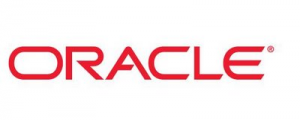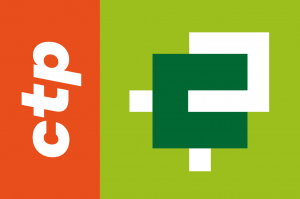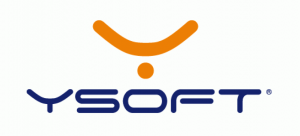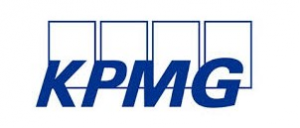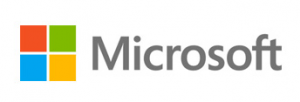Modernize So You Can Know More – and Do More
15.11.2017Company: Rockwell Automation s.r.o.
Over the next five years nearly a third of maintenance staff will retire. The next generation expects a dashboard experience. Are you prepared? Ask Yourself These Five Questions.
Are your controls systems fragile, fossilized or rigid? Becoming expensive and difficult to maintain?
Do you work in an environment where you know there is a better way, but no time – and no money – to make a change?
Most people I speak with say that they know where they need to go – with systems that are open, productive and simple to manage – but have no clear path on how to get there. And every day they wait to modernize is costing them.
The Cost of Waiting
The cost of downtime is estimated at $20 billion a year.
Let’s put that in perspective: A billion seconds ago it was 1985. A billion hours ago it was the Stone Age. And 20 billion dollar bills stacked one atop another is more than twice the height of Mt. Everest.
So now that you see the enormity of the problem, it’s easier to understand that even the smallest improvements can make a big dent in downtime – and that’s where the conversations need to start.
If It Works, Why Fix It?
When you originally decided on a system or a product, that choice was spot-on for the situation of the day. But as you’ve expanded (over the last decade or more), these once good decisions do not quite fit your requirements anymore. Everything still works – but not as efficiently as it should.
In cases like this, overcoming resistance to change – and getting decision-makers to see the opportunities – is about clearly recognizing the problem (dissatisfaction), outlining a solution (vision for the future), and identifying the steps to get from one to the other.
The Data Generation
Modernization is about doing more, knowing more, and being more informed about what’s happening in your plant.
Over the next five years nearly a third of experienced maintenance staff will retire. The next generation expects a dashboard experience. Are you prepared?
Do you still have people walking around the plant with clipboards? If you’re mobile enough to move away from paper, are you only looking at OEE, or historical data?
That’s what was; not what is. You can analyze the past, but you’re not giving the operator actual information to improve – and most importantly, the information needed to become more productive in a safer environment.
This is the data generation. Everything is producing data. But how do we turn that data into actionable information? The generation coming out of college today doesn’t want to be data jockeys; they want to be information gurus.
And we have the capability to deliver this experience in plants today.
Three Steps to Modernization
All modernization efforts can be broken into steps:
- Assess/analyze: Know your current state. Inspect the application, machine, line or plant through an installed base evaluation (IBE) to identify your risks and opportunities for optimization.
- Plan: Using the latest migration tools, utilities and services.
- Implement: Phased approach maximizes productivity and minimizes risk.
Are You Ready to Modernize? Answer These Questions
If you’re contemplating whether now is the right time to modernize is, ask:
- Do we need to cut operating costs or meet changing consumer demand?
- Could newer technology improve productivity or reduce downtime?
- Do we want to extract more data from our operations to be more responsive?
- Is our automation system ready to meet the challenges of modern manufacturing?
- Do we need to migrate from a discontinued product to reduce risk?
Whatever your drivers internally, know that the next generation of technical employees expect an end state that not only delivers data, but the means to turn that data into actionable information.
Posted October 30, 2017 By John Riess, Global Marketing Lead, Commerical Marketing, Rockwell Automation
Tags: Business Development | IT |




